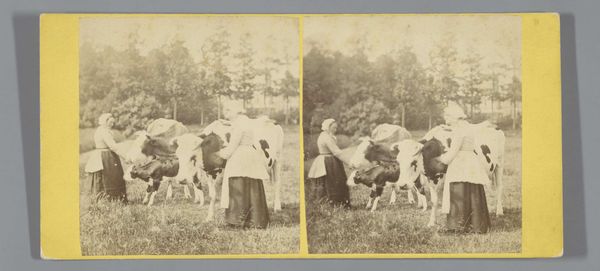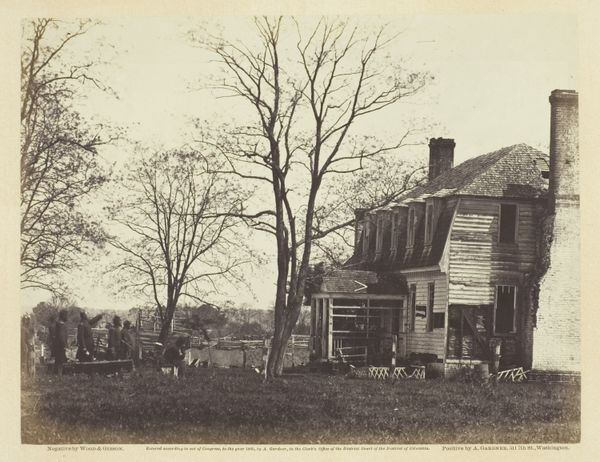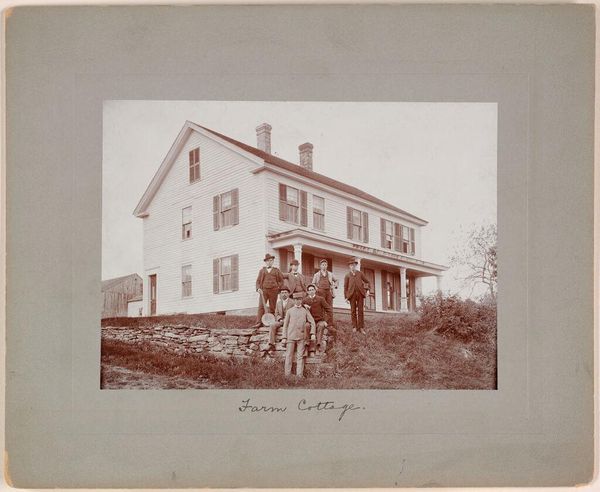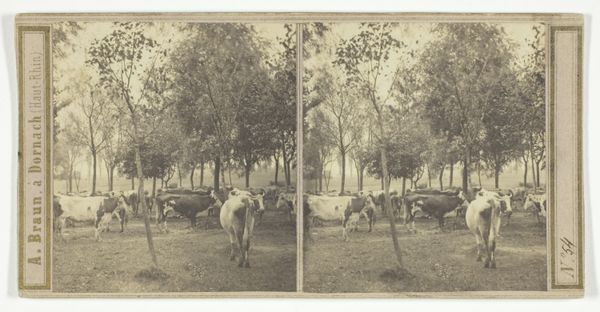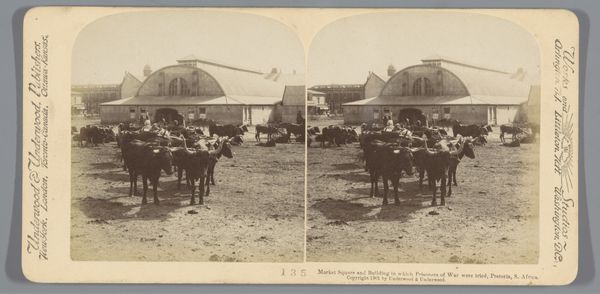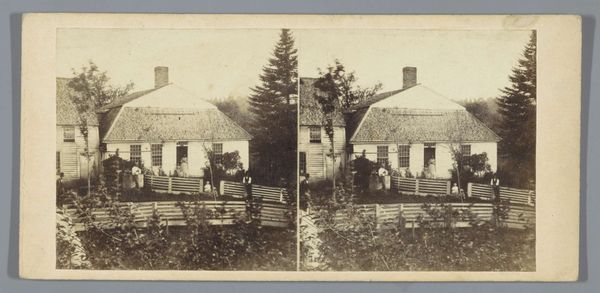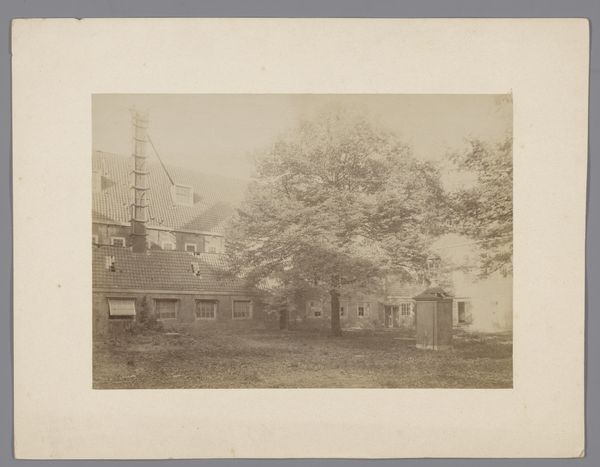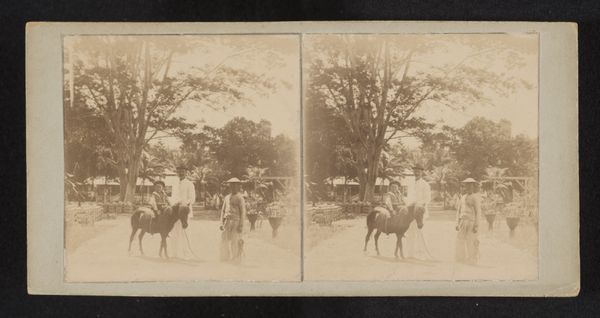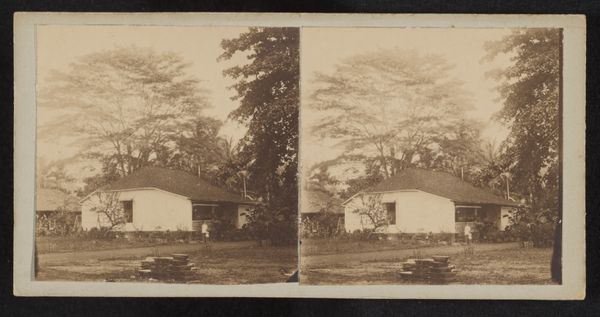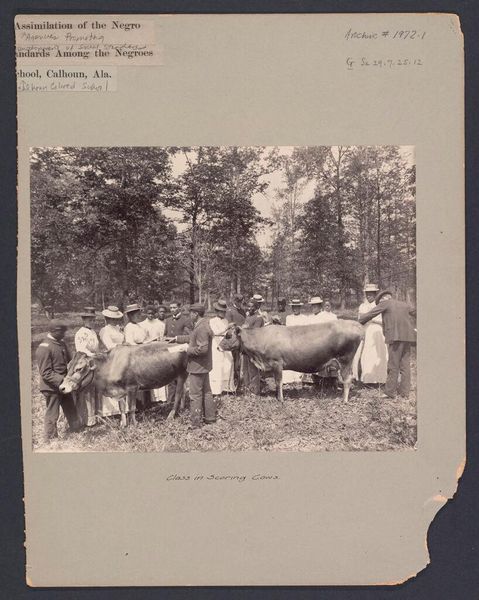
print, photography
#
16_19th-century
# print
#
landscape
#
archive photography
#
photography
#
historical photography
#
19th century
#
genre-painting
Dimensions: 8 × 7.7 cm (each image); 8.8 × 17.7 cm (card)
Copyright: Public Domain
Editor: This is "A Farmer's Life for Me," a photograph from 1894, attributed to Underwood & Underwood. It depicts a pastoral scene. It almost feels staged in its composition, but in a way that makes me wonder how idealized or romanticized rural life was at the time. What can you tell me about the public perception of rural life during the 19th century through this work? Curator: Well, first, it's essential to remember that Underwood & Underwood was a *publisher*, not necessarily the photographer, so they profited from these images, often tailoring them to specific audiences. The stereoscopic format was extremely popular, meant for mass consumption. The idealized image of rural life, yes, this wasn't just about farming. This also touches upon debates on industrialization, urbanization and nostalgic yearnings for a simpler, often white, past. Look at the crisp white farmhouse versus the reality of labor that it elides. Editor: So it's less about documentation and more about crafting a specific narrative? Curator: Precisely. The narrative it sells isn't necessarily factual. Consider what kind of "farmer's life" is shown. Where are the African-American farm workers in the Southern fields? The poor migrants facing harsh conditions in urban sweatshops? By omitting these socio-economic issues, this image upholds the established structures of its day. It reinforced certain ideologies, which is not to suggest all images like these were intentionally propagandistic but that they became powerful social documents reflecting the mood of the era. Editor: It makes me wonder how different audiences might have received this image back then compared to how we see it now. Curator: Absolutely. Its success was very dependent on a particular, and probably, largely white middle-class audience. Considering this photograph from the position of those whose experiences are consciously excluded exposes its complicated legacy today. Thank you for raising that question, which gives us an invaluable peek into the period. Editor: This really shifts how I view seemingly straightforward historical photos. Curator: That's the power of art history! Understanding art within a complex system unveils far more interesting stories than the image may overtly depict.
Comments
No comments
Be the first to comment and join the conversation on the ultimate creative platform.



